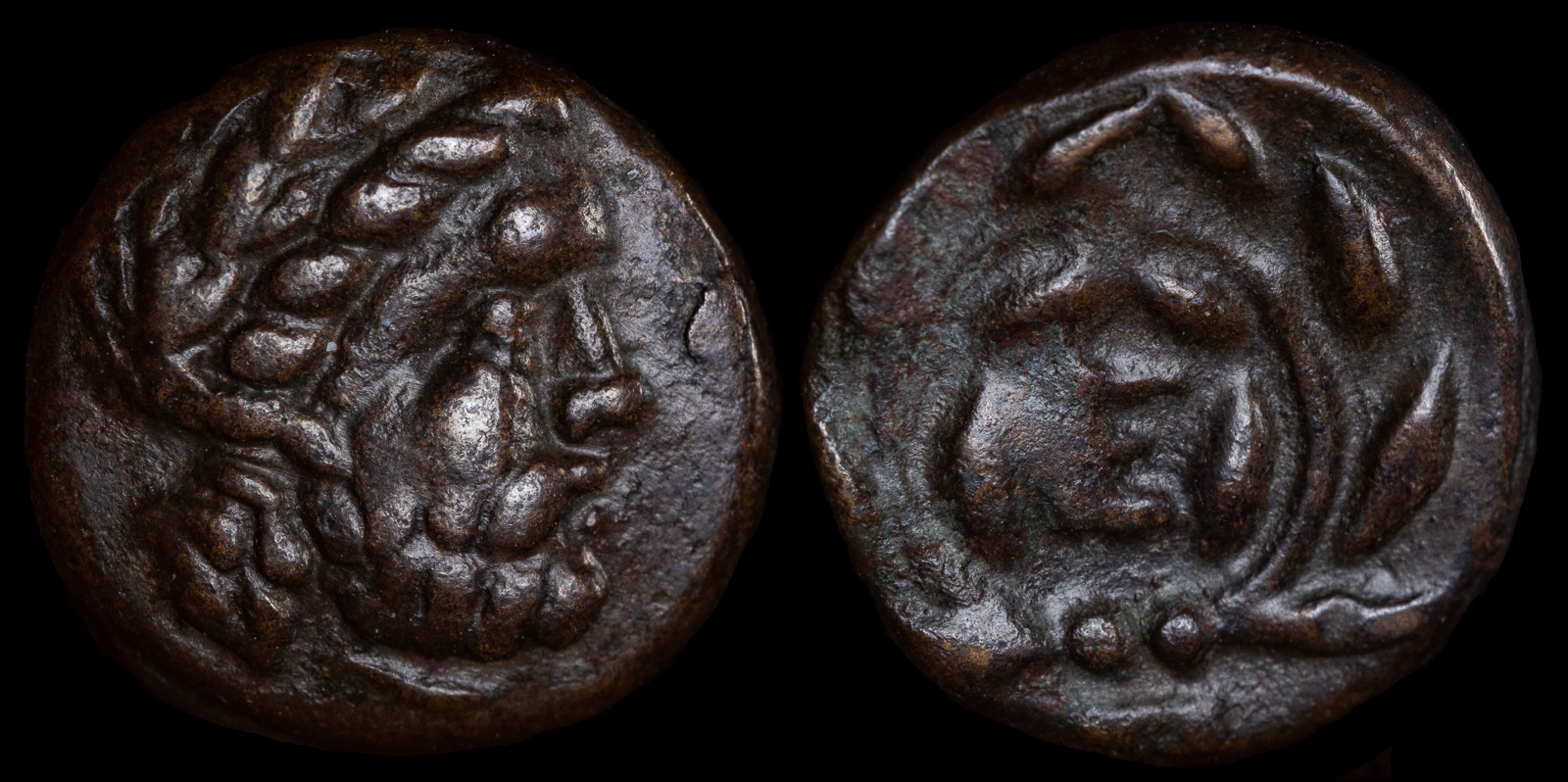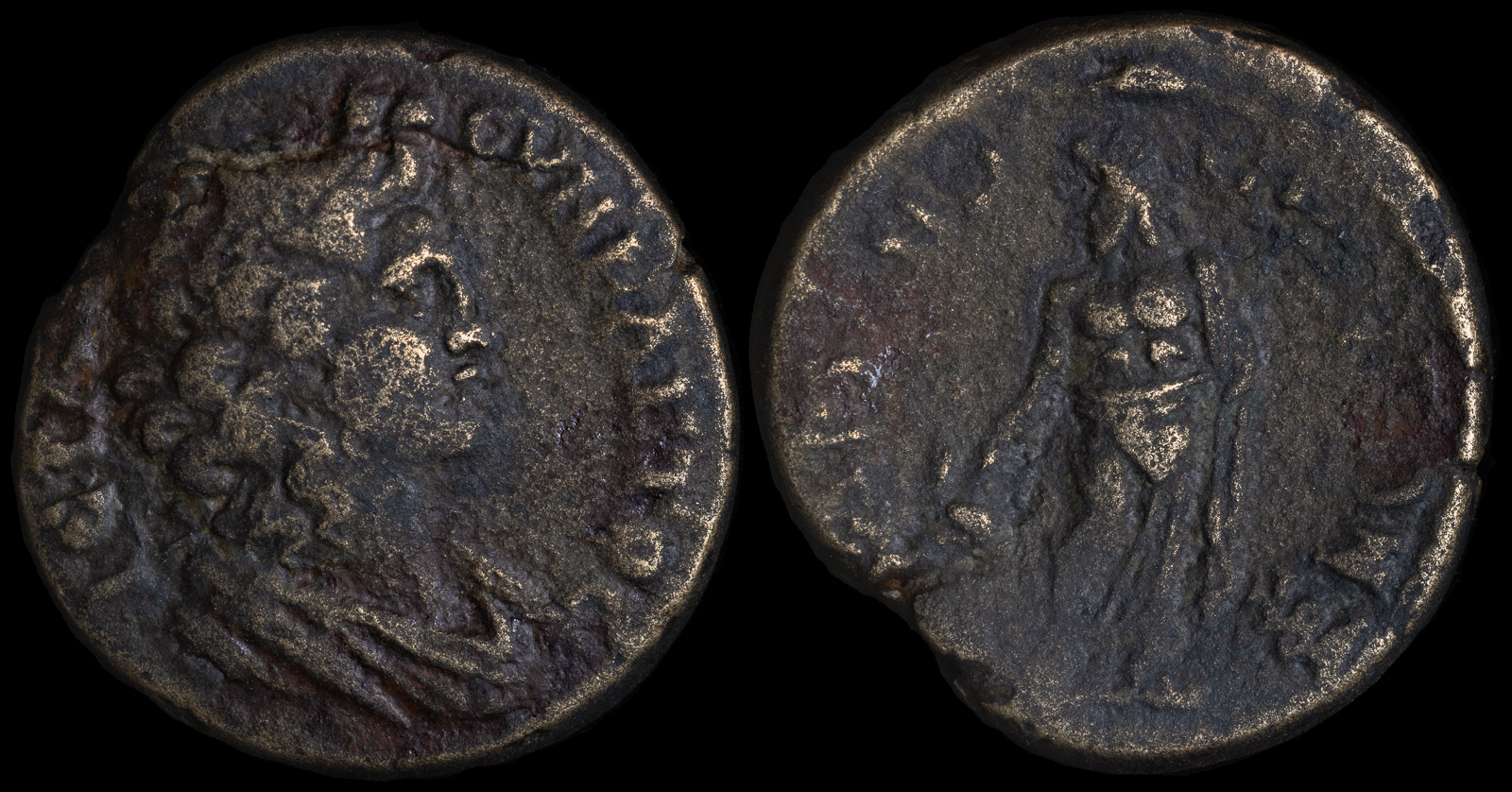Asklepios
View All Tags
Asklepios was the son of the god Apollo, the god of music, prophecy, and healing, and the mortal woman Coronis. According to the myth, when Coronis was pregnant with Asklepios, she was unfaithful to Apollo, which led the god to send his sister, Artemis, to punish her. Artemis killed Coronis, but Apollo was able to rescue his unborn son, cutting him from Coronis’ womb before her death. As a result, Asklepios was born under tragic circumstances but was immediately associated with divine intervention and healing from the very moment of his birth. Apollo took the child to the centaur Chiron, a wise figure skilled in medicine and healing, who became Asklepios’ tutor. Under Chiron’s guidance, Asklepios learned the arts of healing and surpassed even his teacher in skill, gaining a reputation as a healer capable of curing even the most severe ailments.
Asklepios’ ability to bring the dead back to life became one of his most well-known feats, symbolizing his extraordinary power and also his close connection to the divine realm. This ability, however, led to his downfall. In some versions of the myth, Asklepios’ capacity to raise the dead angered Zeus, who feared that Asklepios might upset the natural order of life and death by restoring too many to life. In response, Zeus struck Asklepios down with a thunderbolt, ending his life. Despite his death, Asklepios was honored as a god of healing, and after his mortal demise, he was placed among the stars as the constellation Ophiuchus, often depicted as a man holding a serpent, a symbol closely associated with healing and medicine.
In ancient Greece, Asklepios became the central figure of the healing cults. Temples dedicated to him, known as Asclepiia, were built across the Greek world, most notably at Epidaurus, where people seeking cures would come to sleep in the temples in the hope of receiving healing dreams or divine guidance. In these healing sanctuaries, patients would often undergo ritual purification, baths, and even sacrifices as part of their treatment, as Asklepios was believed to communicate with the sick through dreams, sometimes prescribing remedies based on divine visions. His staff, the Rod of Asclepius, which features a serpent coiled around a rod, became one of the most enduring symbols of medicine and healing throughout history.

Argolis, Epidauros
Circa 3rd century BCE
Æ 2.03g, 12mm, 7h
Laureate and bearded head of Asklepios to right
E within laurel wreath, Π below
SNG Copenhagen 120

Hadrianotherae Mysia
Time of Hadrian (117 – 138 CE)
AE 18mm 5.1g
Obv: EIPA CVNKLHTOC; Draped bust of the Senate right
Rev: ADRIANOVThHPITWN; Asklepios standing facing, head left, leaning upon serpent-entwined staff; monogram to lower right
SNG von Aulock 1145-6